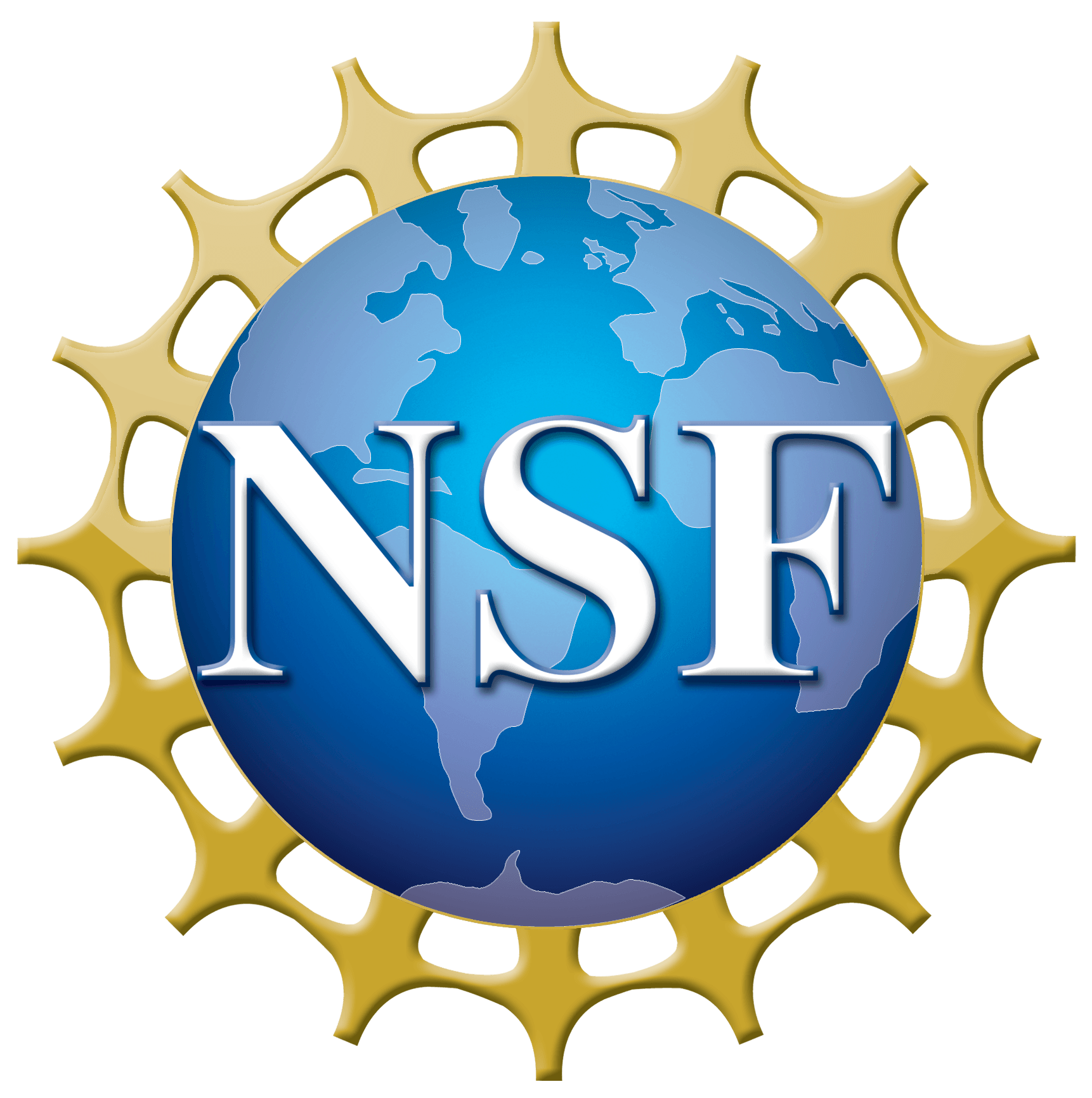I believe that this question has been answered before in our post answering the question How Does a Single…
Select :
AsteroidsBlack HolesCareers in AstronomyCelestial EventsCometsConstellationsCosmic DistancesCosmic Microwave BackgroundCosmologyExoplanetsGalaxiesGravity WavesHoaxesMoonPhysicsPlanetsRadio AstronomyScientific MethodSETISolar SystemSpace ProbesStarsSunTelescopesUnexplained Celestial Observations
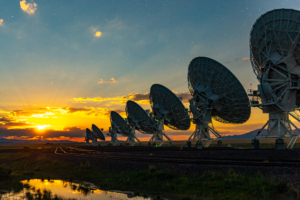

Home Built Radio Interferometer
Yes, one can build a rudimentary radio interferometer with at least two antennas at home. You can see a…
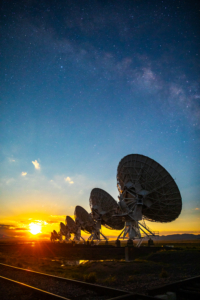
Are Audiology Studies of Communication Sciences a Good Career Path to Becoming a Radio Astronomer?
I believe that students of Audiology in Communication Science are trained in speech-language pathology and audiology. As radio astronomy…
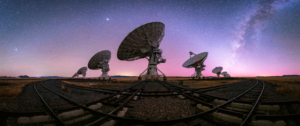
An Interferometer as a Quantum Mechanical Signal Measurement System
I think that the key fact is that the traditional Maxwellian electromechanical (EM) wave interfering with itself after traveling…

Flux Density of Virgo A at 20 MHz
Based on the flux density scale for frequencies from 50 MHz to 50 GHz derived by Perley & Butler…
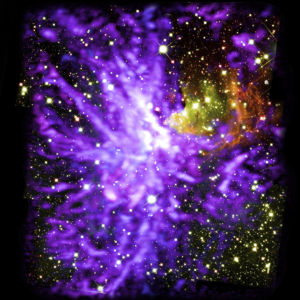
Comparing Radio Signals from Stars to Those Received by Radio and Television Sets
A couple of things to note about radio signals that we measure from stars and other objects in the…




